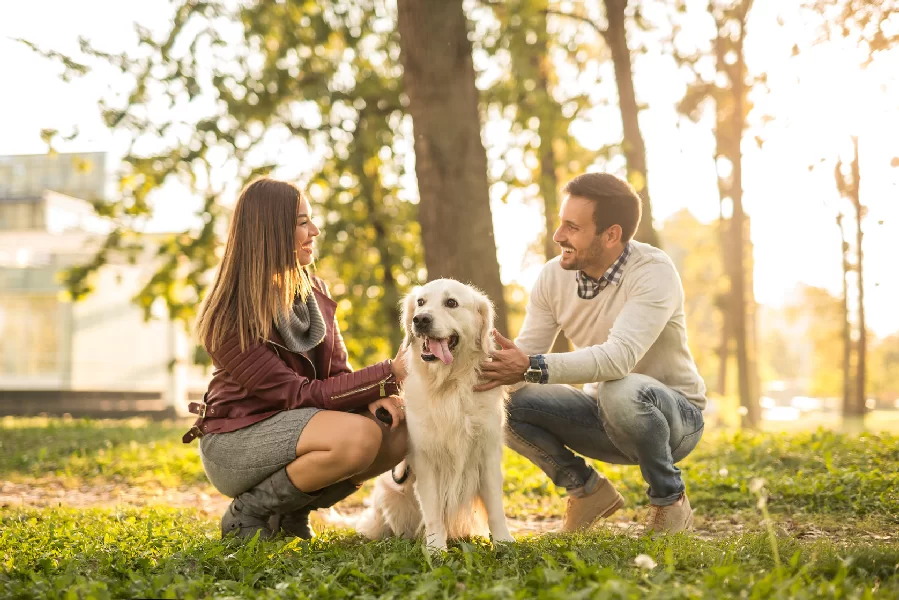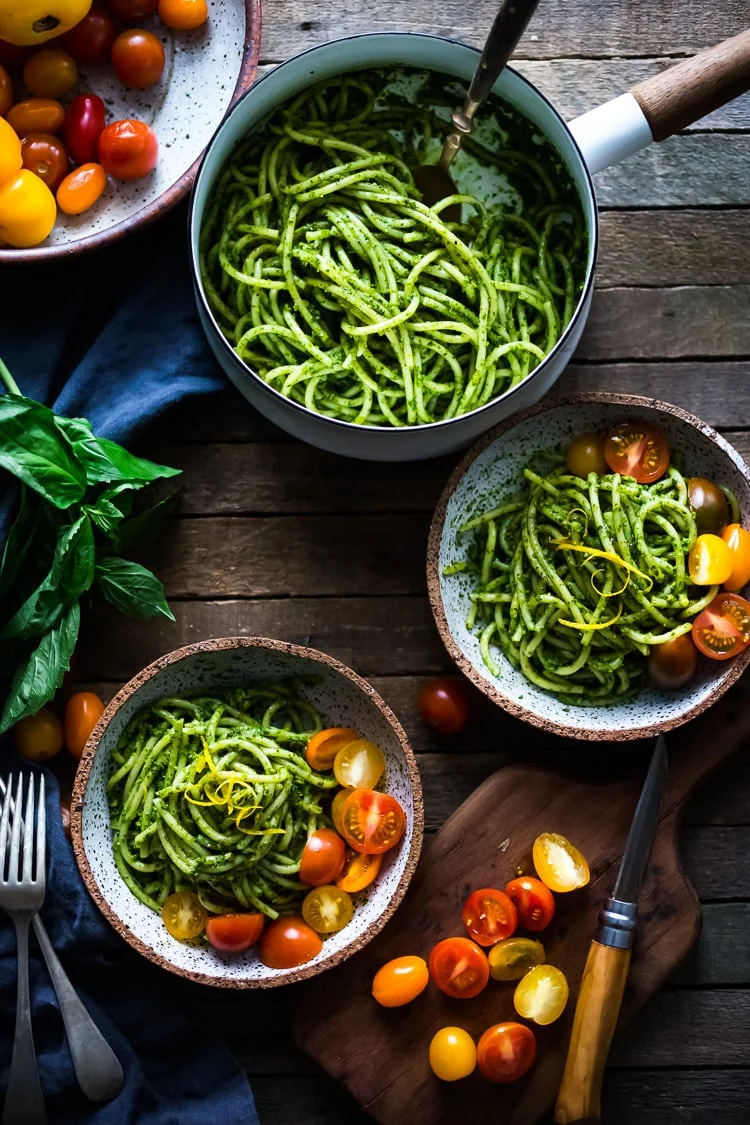
Welcoming a new pet into your home is an exciting and joyous occasion. However, it’s essential to ensure that your living space is safe and pet-friendly. Pet-proofing your home is crucial to prevent accidents, protect your pet’s well-being, and maintain a harmonious living environment. Here are some essential tips to create a safe haven for your furry friend.
- Remove toxic substances: Identify and remove any potentially harmful substances from your pet’s reach. This includes household cleaners, chemicals, medications, and plants that are toxic to animals. Store these items securely in cabinets or high shelves.
- Secure loose cords and wires: Pets may be curious and prone to chewing on cords and wires, which can lead to electric shock or injury. Keep cables out of reach or use cord protectors to prevent chewing.
- Store away small objects: Small objects like coins, buttons, or toys can pose a choking hazard. Ensure that these items are stored safely in containers or drawers, away from your pet’s reach.
- Install childproof latches: Just like toddlers, pets can be curious and adept at opening cabinets and drawers. Install childproof latches to prevent them from accessing potentially harmful items or getting trapped.
- Use pet-friendly cleaning products: Opt for pet-friendly cleaning products that are free from toxic chemicals. Regularly clean your floors, surfaces, and pet’s belongings to maintain a hygienic environment.
- Secure trash cans: Pets are often attracted to the smells and textures of trash cans. Use secure lids or keep trash cans in cabinets to prevent your pet from rummaging through and potentially ingesting harmful substances.
- Block off hazardous areas: Identify areas in your home that may be dangerous for your pet, such as balconies, staircases, or rooms with fragile items. Use baby gates or barriers to restrict access to these areas until your pet is properly trained.
- Secure windows and screens: Ensure that windows are securely closed or have screens to prevent your pet from falling or escaping. Cats, in particular, are agile climbers and may try to squeeze through small openings.
- Remove poisonous plants: Some common household plants, such as lilies, azaleas, or philodendrons, can be toxic to pets if ingested. Research pet-safe plants or keep them out of your pet’s reach
- Protect electrical outlets and cords: Cover electrical outlets with outlet covers or use cord concealers to prevent your pet from tampering with them. Keep cords out of sight or use cord organizers to minimize the risk of chewing or entanglement.
- Secure heavy furniture and appliances: Large pieces of furniture or appliances can tip over and cause injuries to your pet. Secure bookshelves, cabinets, and TVs to the wall using anchors or brackets to prevent accidents.
- Provide a designated pet space: Set up a cozy and safe space for your pet, such as a crate, bed, or designated area with their toys and bedding. This will give them a sense of security and reduce the temptation to explore potentially hazardous areas.
- Check for small openings: Inspect your home for any small openings or gaps that your pet could squeeze through. Block off access to crawl spaces, vents, or openings behind appliances to prevent them from getting stuck or escaping.
- Be cautious with open windows and balconies: If you have windows or balconies that are accessible to your pet, use window screens or protective barriers to prevent falls or accidents. Supervise your pet when they have access to these areas.
- Store food securely: Keep human food and pet food stored in secure containers to prevent your pet from accessing it. Some human foods can be toxic to animals, and overeating pet food can lead to health issues.
- Protect fragile items: Store fragile items or valuable decorations in areas where your pet cannot reach them. Use secure shelving or display them in enclosed cabinets to minimize the risk of accidents or damage.
- Be mindful of open flames: Pets can be curious about candles, fireplaces, or stovetops. Never leave open flames unattended and use barriers or screens to prevent accidental contact or burns.
- Create a routine for supervision: Especially during the initial stages of pet ownership, supervise your pet closely to observe their behavior and prevent any destructive or potentially dangerous actions. Gradually give them more freedom as they learn boundaries and become familiar with their environment.
Remember, pet-proofing your home is an ongoing process. Regularly reassess your living space, considering your pet’s size, behavior, and any changes in your home environment. By taking proactive steps to create a safe and pet-friendly environment, you can ensure the well-being and happiness of your furry companion.




